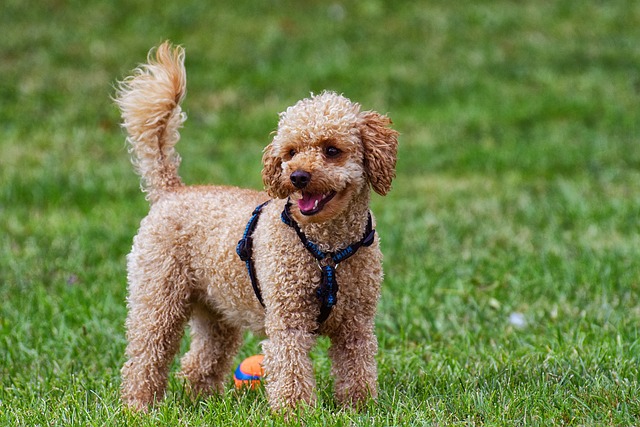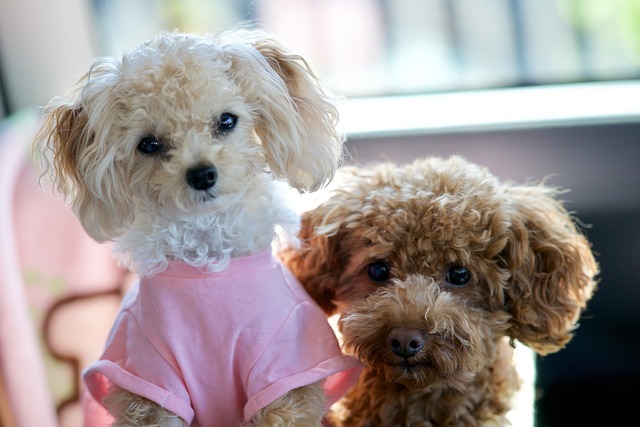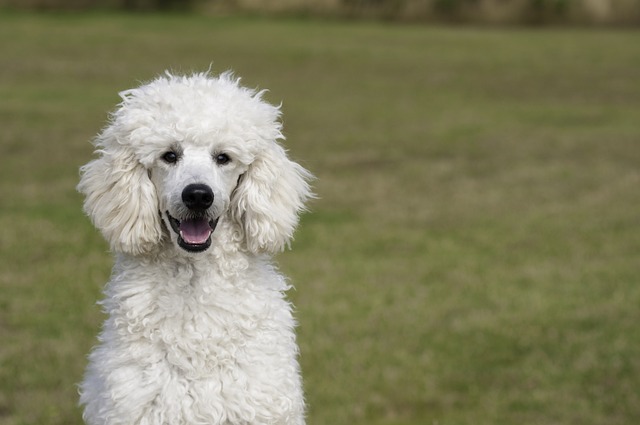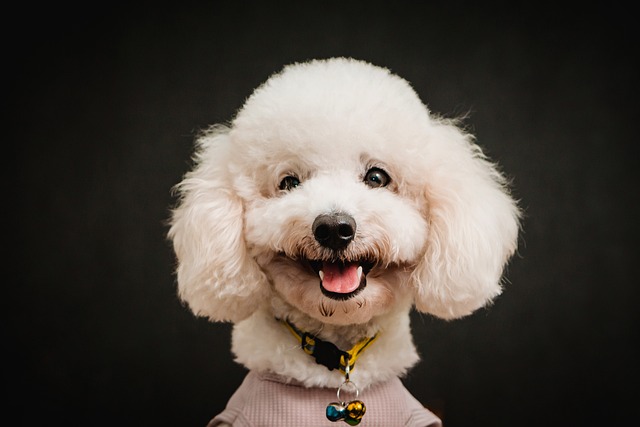
How to train a Chihuahua for toilet training?
Chihuahuas’ tiny size makes toilet training feel tricky—their small bladders mean they need frequent trips outside, but consistency is key to helping them learn.
That moment when your dog lunges toward another pedestrian or barks excitedly at a passing skateboard can make public outings feel more stressful than enjoyable. Training your dog to behave in public isn't about suppressing their personality—it's about teaching them to navigate human spaces with confidence and manners. The goal is to create positive experiences that make your dog a welcome presence wherever you go.
The foundation of good public behavior lies in understanding canine learning patterns and stress signals. Dogs become overwhelmed in public spaces due to sensory overload—too many sights, sounds, and smells at once. Training should focus on creating positive associations through gradual exposure and high-value rewards. Start in low-distraction environments like your backyard before progressing to quiet streets and eventually busier areas. Use treats your dog loves (like small pieces of chicken or cheese) to reward calm behavior and attention toward you. Modern dog training emphasizes force-free methods; never yank the leash or use punishment devices that create fear and anxiety, as this often worsens reactivity and violates animal welfare principles embraced in both the U.S. and Europe.
Begin with basic obedience cues your dog has mastered at home—"watch me," "sit," and "leave it" are essential for public safety. Practice these skills during short sessions at increasingly distracting locations, keeping initial outings brief (5-10 minutes) to prevent overwhelm. For apartment dwellers, building lobbies and nearby quiet sidewalks make excellent training grounds before progressing to parks or outdoor cafes. Carry a "public training kit" containing high-value treats, a collapsible water bowl, and waste bags. If your dog shows signs of stress (panting, trembling, or trying to leave), calmly retreat to a quieter area rather than forcing continued exposure. This builds trust and prevents negative associations with public spaces.

Your public training efforts connect directly to legal and social responsibilities. Ensure your dog's vaccinations and licenses are current as required by local laws—many cities require rabies tags to be displayed on collars in public spaces. Always carry multiple waste bags and clean up immediately after your dog; this is not just common courtesy but a legal requirement in virtually all U.S. and European municipalities. Be mindful of leash laws (typically requiring 6-foot maximum leashes) and respect business policies regarding dogs. When passing other people or dogs, maintain adequate space and don't assume everyone wants interaction. By investing time in proper public behavior training, you're not just making outings more enjoyable—you're helping your dog become a respected community member and promoting positive perceptions of responsible dog ownership in public spaces.

Chihuahuas’ tiny size makes toilet training feel tricky—their small bladders mean they need frequent trips outside, but consistency is key to helping them learn.

The idea of housebreaking a puppy in just five days might sound like a fantasy, but while you can’t expect perfection in such a short time

If you're constantly mopping up accidents and wondering when this phase will end, you're not alone. The journey to reliable potty training feels endless when you're in the middle of it

Bringing home a new puppy is an exciting adventure, but amidst all the cuddles and playtime, you might wonder where to even begin with training.

Giant poodles are smart, eager to please, but their size means accidents can be messy—so starting potty training early (around 8–12 weeks old) saves frustration for both of you.

We’ve all seen those perfectly behaved puppies and wondered, "How did they manage that so fast?" While there’s no true shortcut to raising a well-mannered dog